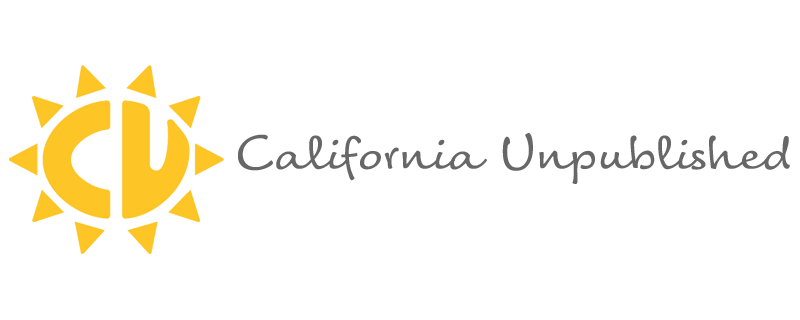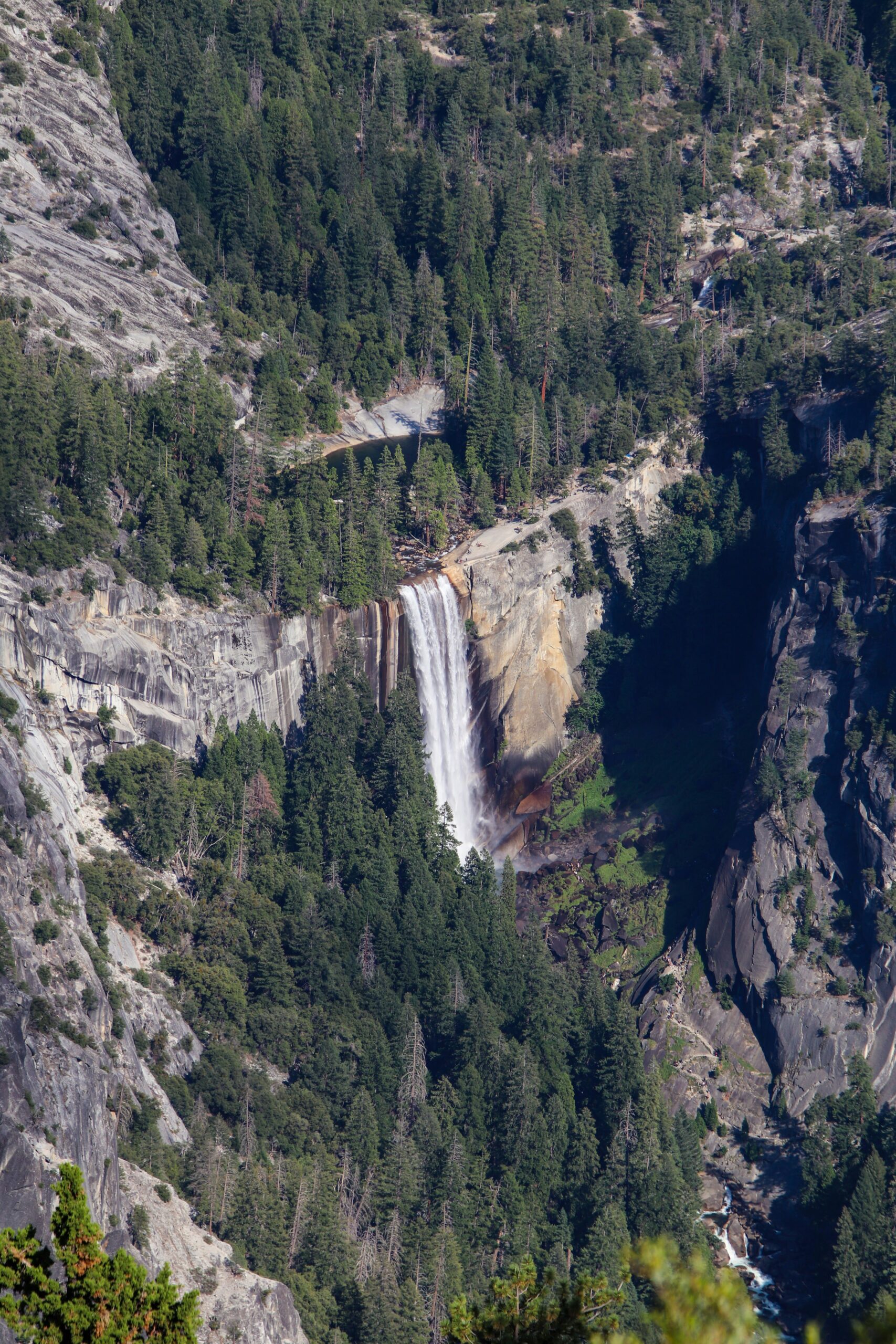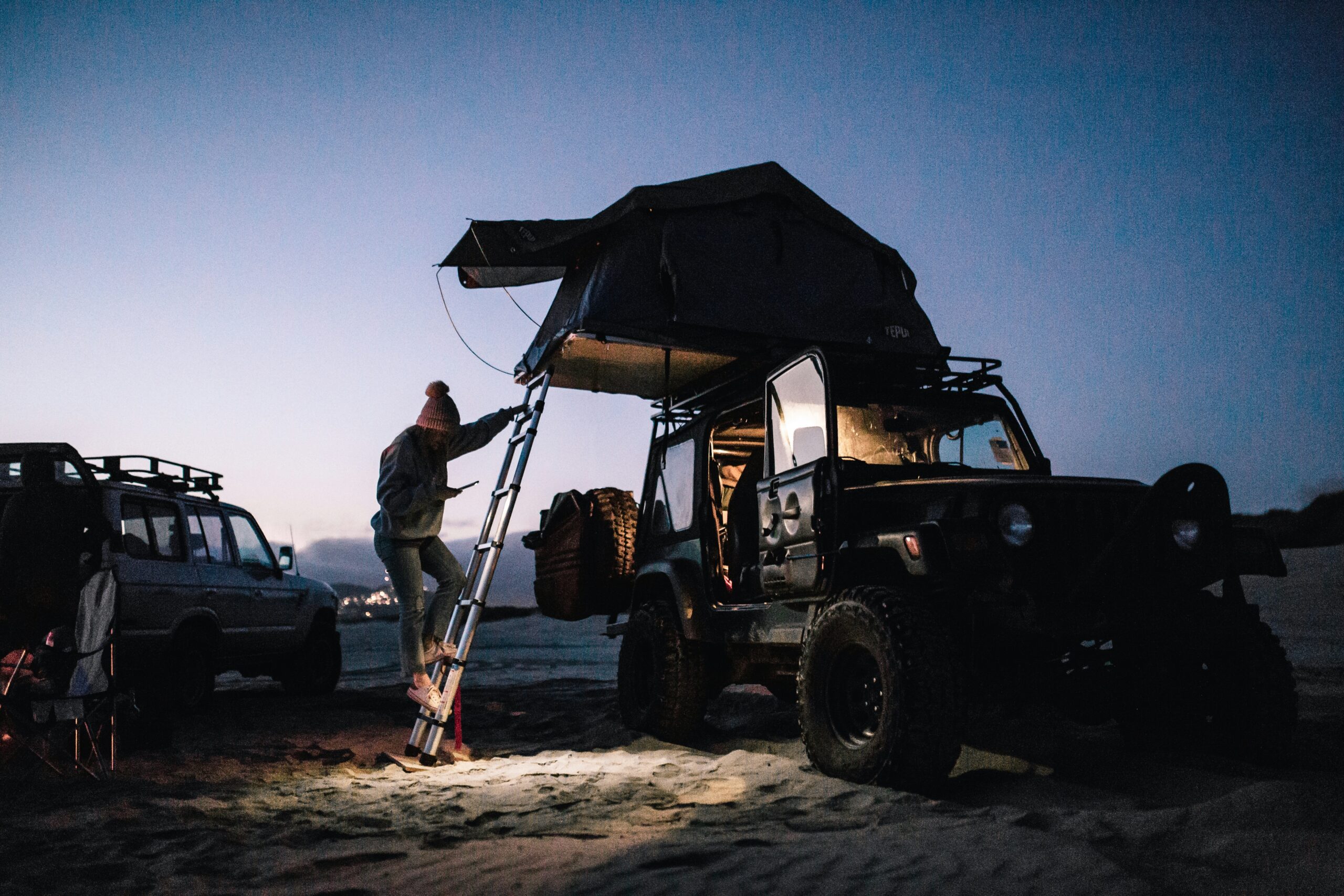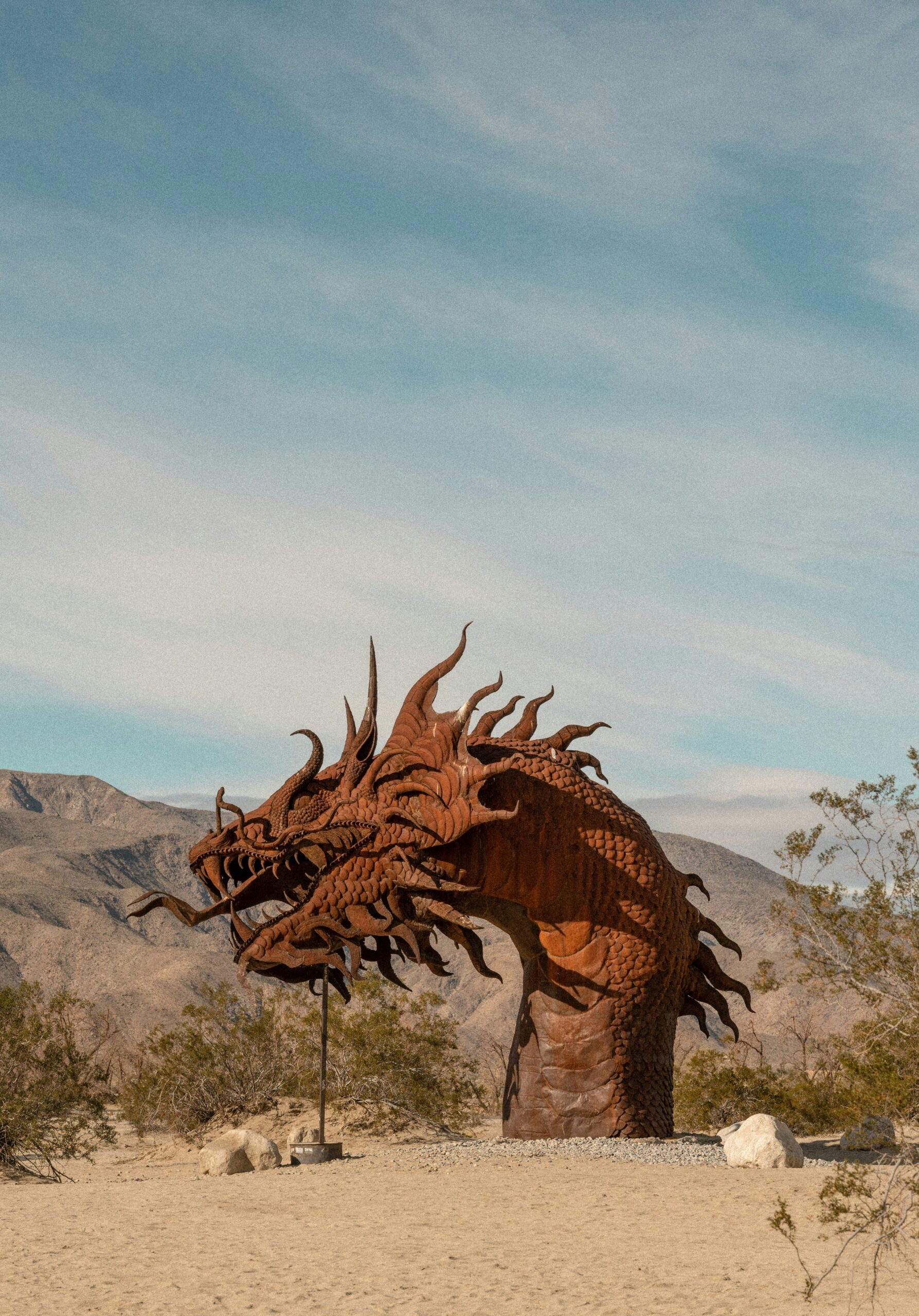Your Guide to Reservation-Free Camping in California: Top Spots and Essential Tips
Finding a camping spot in California doesn’t have to be a stressful process filled with advanced planning and booking headaches. Campers have a wide range of reservation-free options, from first-come, first-served sites in state parks and forests to fully free dispersed camping on public lands. Whether travelers are looking for a rugged backcountry experience or a quiet night among the redwoods, California offers flexibility for spontaneous outdoor adventures.

Exploring reservation-free camping allows people to discover hidden gems, enjoy last-minute trips, and avoid the crowds often found at well-known campgrounds. Guidance on where and how to find these spots is essential for a successful experience—especially with changing regulations and seasonal demand.
This guide gives practical information for anyone seeking campsite freedom, with tips for locating both paid and free locations throughout California’s deserts, mountains, forests, and coastline. Expect details on what to bring, what rules to know, and how to make the most of California’s public lands without a reservation.
Your Guide to Reservation-Free Camping in California: Top Spots and Essential Tips
What Is Reservation Free Camping?
Reservation free camping allows people to camp in specific areas without booking in advance or paying for a site. It offers flexibility and often means camping outside of traditional, developed campgrounds.
Understanding Dispersed Camping
Dispersed camping is camping on public lands away from designated campgrounds. This type of camping is usually found in national forests or on Bureau of Land Management (BLM) lands. These areas don’t have marked campsites, bathroom facilities, or trash services.
Campers must follow land-use regulations, such as setting up at least 100 feet from water sources and packing out all waste. There is no access to fire rings, picnic tables, or paved roads. This approach appeals to people who want solitude, wide-open spaces, and a more immersive experience with nature.
Since there are no site reservations, first-come, first-served rules apply. Locations and access can vary due to seasons or weather, and roads may be rough or unpaved. Planning ahead for water, shelter, and safety needs is essential.
Types of Reservation Free Campsites
There are several types of reservation free campsites in California. Dispersed camping on public lands is the most common. These campsites can be found in national forests like Angeles, Tahoe, and Los Padres, as well as on BLM properties.
Some state and federal campgrounds offer first-come, first-served campsites in developed areas. These sites may provide basic amenities like fire pits and toilets, but no guarantee of availability. There are also car camping sites located outside of designated campgrounds—these are sometimes roadside pullouts or open spaces suitable for tents and vehicles.
Online tools such as FreeCampsites.net and recent guides help campers locate specific reservation free spots, including both free and low-cost options. Checking updates on local land management websites before heading out is recommended to confirm open sites and current regulations.

Choosing the Right Location in California
California offers a range of reservation-free camping options, including national forests and sites managed by the Bureau of Land Management. Each type of area has unique rules, features, and landscapes that cater to different camping preferences.
National Forests for Free Camping
National forests in California allow for dispersed camping in many locations without the need for reservations or fees. Campers should be aware that stays are generally limited to 14 days per site within a 30-day period, and they must follow “Leave No Trace” practices to protect these public lands.
Popular national forests for free camping include Inyo, Mendocino, and Shasta-Trinity. These areas provide access to remote lakes, mountain views, and wilderness trails. Most sites do not offer amenities such as restrooms, potable water, or trash services. Self-sufficiency and respect for wildlife are important.
Before setting up camp, visitors must check if there are any current fire restrictions or area closures. Some trails and roads may be seasonally inaccessible due to weather.
Bureau of Land Management Sites
The Bureau of Land Management (BLM) manages large areas of public land across California, especially in desert and foothill regions. Most BLM land supports free dispersed camping as long as campers stay within 14 days at any one site.
Key BLM areas include the Mojave National Preserve, Carrizo Plain, and Bishop area. Many of these locations are ideal for RV travelers and tent campers seeking solitude and open space. Sites are typically primitive, with no formal facilities.
It is essential to camp on existing pullouts or previously used spots to minimize impact on the land. Regulations can vary by location, so checking with the local BLM office is recommended.
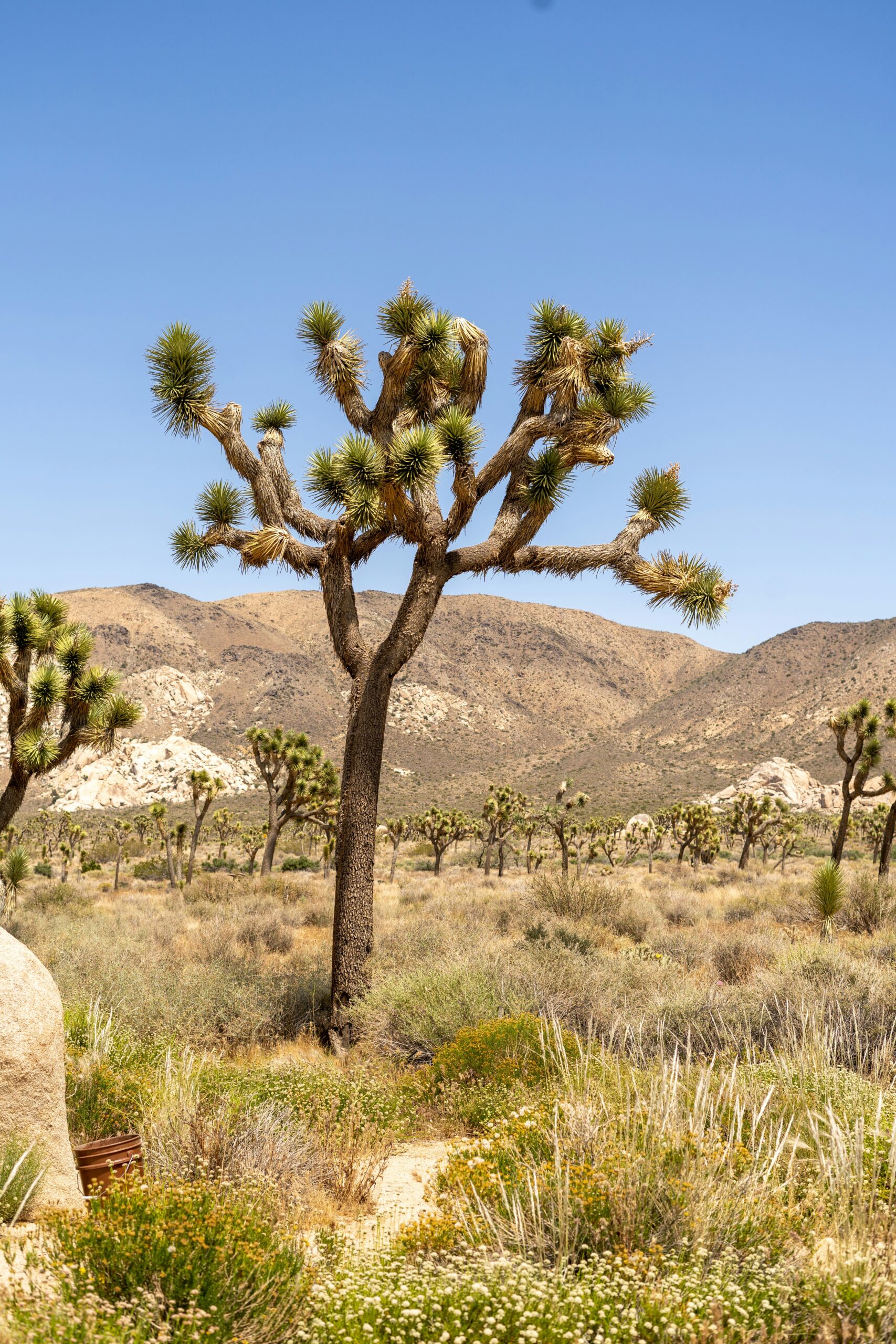
State Parks and Unique Destinations
California offers a wide range of reservation-free camping options within its scenic state parks and along the coast. Campers can enjoy ocean views, wildlife, and unique landscapes without the hassle of booking in advance.
Hearst San Simeon State Park
Hearst San Simeon State Park is located along Highway 1, just north of Cambria. The park features mixed environments, including riparian zones, coastal bluffs, and forests. Walk-in and first-come, first-served sites are available at Washburn and San Simeon Creek campgrounds.
Campers here can explore hiking trails, birdwatching areas, and tide pools along the rugged California coastline. The campsites offer amenities like restrooms, fire rings, and picnic tables. While the elephant seal rookery at Piedras Blancas is nearby, the town of San Simeon provides supplies and basic services.
Dogs are allowed in the campgrounds but not on most trails. There is easy access to both the beach and historic landmarks, making it popular for road trippers and nature enthusiasts. For more details on camping options and site availability, visit the California State Parks website.
Beach Camping along the Big Sur Coast
The Big Sur Coast is known for its dramatic cliffs, coastal redwoods, and ocean vistas. Several campgrounds along this stretch do not require advance reservations, though they may fill quickly on weekends and holidays.
Popular no-reservation spots include Kirk Creek, Plaskett Creek, and some areas of dispersed camping as described in this guide. Amenities often vary; some sites offer fire pits, picnic tables, and toilets, while others are primitive.
Campers can access hiking trails, scenic overlooks, and public beaches directly from many campsites. The surf, local wildlife, and coastal views make these areas especially attractive for photographers and outdoor enthusiasts. Beach camping here is best suited for those who arrive early to secure a spot and are prepared for changing weather conditions.

Activities and Recreation Opportunities
California’s reservation-free camping sites offer direct access to scenic trails, diverse wildlife, and hands-on opportunities for exploring natural landscapes. Campers can enjoy activities that make the most of the state’s forests, coastlines, and mountain areas.
Hiking Trails Near Campsites
Many reservation-free campgrounds and dispersed camping areas sit close to well-maintained hiking trails. Locations such as Big Sage Campground and the Sierra Nevada region offer quick access to paths ranging from easy walks to challenging hikes. Elevation, shade, and trail length vary widely, allowing hikers to select suitable options based on ability and preference.
Some trails lead to popular lakes, waterfalls, or panoramic mountain views. Others traverse quiet pine forests or provide access to historic sites. Hikers should bring appropriate maps, plenty of water, and sturdy boots, as conditions can change rapidly. Free sites managed by the Forest Service and Bureau of Land Management frequently include access to public lands with river views, meadows, and varied terrain.
For those interested in multi-day adventures, backpacking opportunities also abound. It's important to check for posted trail rules as some areas have seasonal restrictions due to weather or fire danger.
Wildlife Viewing and Nature Exploration
Reservation-free camping areas are good starting points for spotting wildlife. Deer, rabbits, and a variety of birds—such as hawks, woodpeckers, and songbirds—are common in campgrounds near forests and lakes. Campers in desert or foothill regions may spot reptiles, coyotes, or even occasional bobcats.
Nature exploration includes both guided and self-directed activities. Many areas have educational signs about native plants and local animals. Photographers and birdwatchers often set up binoculars at dawn or dusk when animals are most active. Quiet observation increases the chance of seeing more elusive species.
Some dispersed and boondocking campgrounds in California recommend packing wildlife-safe food storage to avoid attracting curious animals. Light hiking or walking off the main trails can also reveal unique rock formations and native wildflowers in spring and early summer.

Camping Amenities and Comforts
Major differences between campsites often come down to available amenities like restrooms or basic cooking spaces. Knowing what facilities to expect and how to prepare makes camping more comfortable and stress-free.
Finding Flush Toilets and Facilities
Flush toilets are uncommon at most reservation-free campgrounds in California. Instead, campers will often find vault toilets or portable restrooms, especially at dispersed camping sites, which rarely provide running water or flush toilets. Campgrounds at state parks such as Pantoll and Bootjack in Mount Tamalpais sometimes offer walk-in sites with restrooms, but these are basic and may not include showers.
To increase the chances of finding flush toilets, seek out developed campgrounds in state or national parks, although availability can change seasonally and may fill up quickly. It’s wise to always carry hand sanitizer, biodegradable soap, and extra toilet paper for added comfort and hygiene.
Useful Restroom Prep:
- Bring a small shovel or trowel in case only primitive options are available.
- Have trash bags for packing out used paper or wipes, since trash bins are rarely provided at free sites.
- Pack sanitary supplies in waterproof containers.
Preparing for Car Camping
Car camping allows campers to pack extra comforts, but reservation-free areas, especially within national forests and BLM land, often lack amenities. Essentials like portable stoves, folding chairs, and sleeping pads are important, as picnic tables and fire pits are not guaranteed.
A well-organized car camping setup includes:
| Item | Purpose |
|---|---|
| Cooler | Food storage |
| Headlamp/lantern | Nighttime visibility |
| Water containers | Drinking and washing water |
| Portable stove | Cooking without a fire pit |
Keep food locked up to deter wildlife. Prepare meals that require minimal ingredients, as water and workspace can be limited. Always pack out all trash and leftover food to prevent animal encounters and keep campsites pristine.

How to Plan Your Reservation Free Camping Trip
Successful reservation-free camping in California requires preparation and up-to-date information. Campers should pay close attention to rules and available tools to make the experience safe and enjoyable.
Researching Campsites and Regulations
Locate areas that allow walk-in or first-come, first-served camping. National Forests and Bureau of Land Management lands offer dispersed or undeveloped camping without reservations. These areas often have basic to no facilities, so campers must be self-sufficient.
Check for restrictions such as campfire bans, length-of-stay limits, and vehicle requirements. Fire safety rules can change frequently due to weather or fire risk. It’s essential to verify current conditions on the web pages of the forest or BLM office managing the area.
Many campsites have posted maps and guidelines at trailheads or ranger stations. Some regions also require free permits for overnight stays, especially in sensitive ecosystems. Planning ahead ensures compliance and prevents unexpected fines.
Using Recreation.gov and Other Resources
Recreation.gov is a government platform that lists federal camping sites, including those managed by the National Forest Service and BLM. While many locations require reservations, the site includes filters or notes for first-come, first-served campsites.
In addition to Recreation.gov, campers often use tools like Campendium, The Dyrt, and iOverlander. These apps display up-to-date reviews, photos, and coordinates of free camping sites. For detailed local regulations and conditions, always check the agency website before departing.
For lists and current status of reservation-free sites, readers can review guides dedicated to reservation-free camping in California. These resources help minimize surprises and maximize chances of finding an available site.
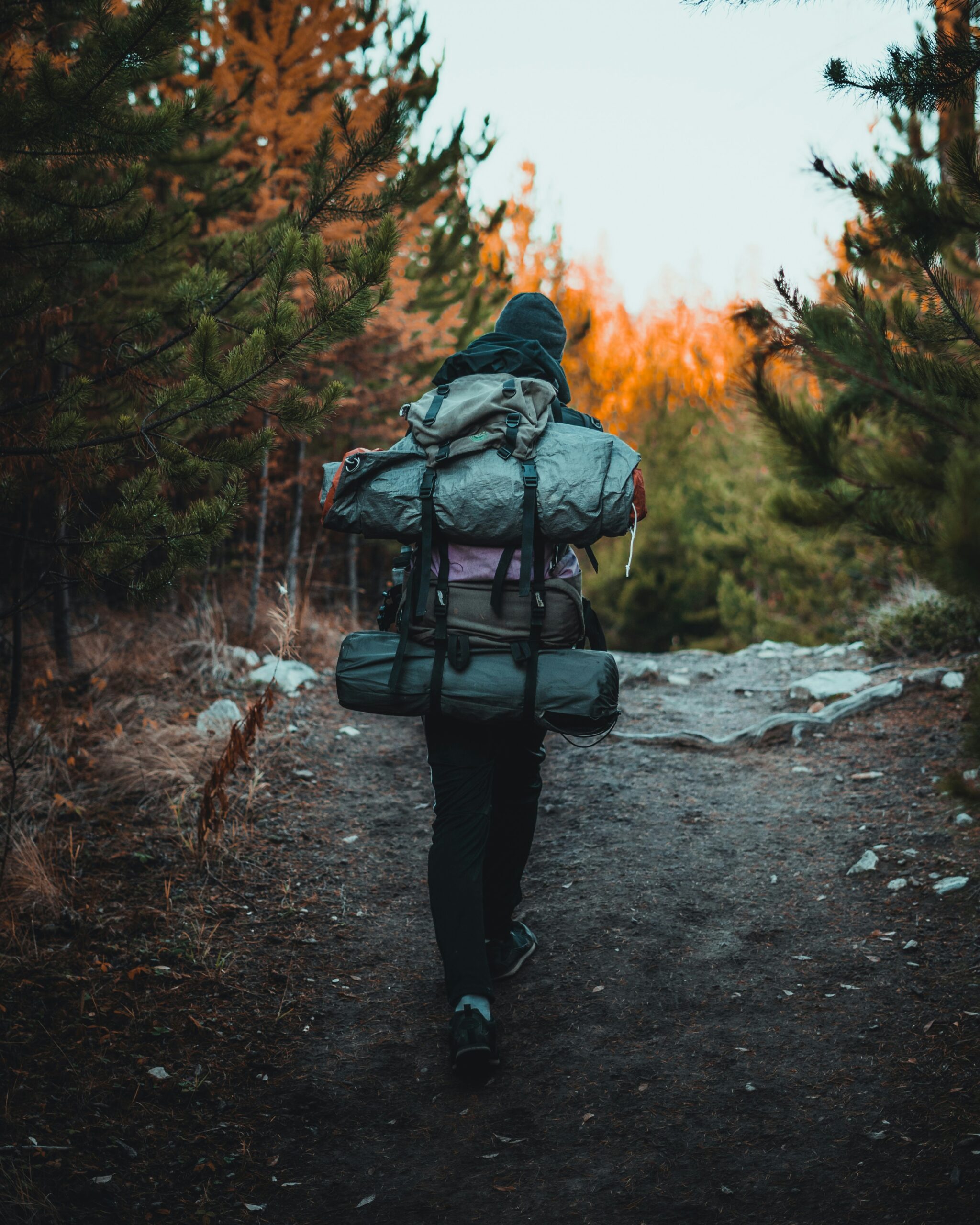
Tips for Responsible Camping
Campers protect California’s forests and wildlands by minimizing their impact and standing prepared for unexpected situations. Following best practices ensures a safe and respectful experience for both nature and fellow visitors.
Leave No Trace Principles
Responsible campers always pack out everything they bring in, including trash and leftover food. Waste left behind harms wildlife and pollutes streams and soil. Using established campsites and fire rings helps reduce long-term damage to natural areas.
It is important to camp at least 100 feet from water sources. This keeps fragile plants near rivers, lakes, and streams from being trampled and preserves clean water for animals. Avoid making new fire pits or digging trenches, and only collect dead, downed wood for fires if allowed. Respect posted rules about campfires, especially during fire season when bans are often in effect.
Noise should be kept to a minimum, especially after dark. Give wildlife plenty of space—never approach or feed animals. Stick to marked trails to prevent erosion and avoid disturbing habitats. Responsible behavior by each visitor helps keep California’s wild places beautiful for everyone. For more in-depth guidelines, see the official dispersed camping guidelines in Sierra National Forest.
Safety and Emergency Preparation
Campers need proper gear to cope with California’s varied weather and terrain. Critical items include a reliable shelter, sleeping bag suited to the season, and sturdy footwear. Carry enough water for the duration of the stay or have a way to purify natural sources. Essentials such as a first aid kit, map, compass, and flashlight increase safety and comfort.
Prepare for emergencies by informing someone about trip plans, expected return date, and route. Cell phone reception can be poor in remote areas, so consider a satellite phone for deep backcountry trips. Check fire danger levels and weather forecasts before departure.
Be aware of wildlife in the area, including bears and snakes. Store food securely, use bear-proof containers where recommended, and never keep food inside tents. Basic survival skills—like knowing how to signal for help and treat minor injuries—should be reviewed before setting out.
